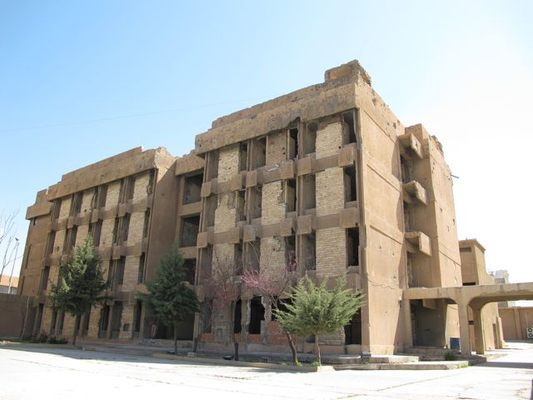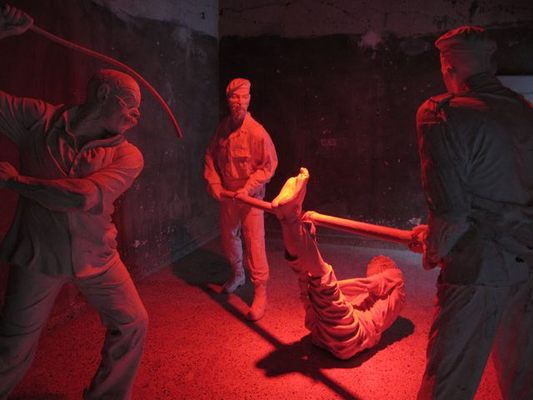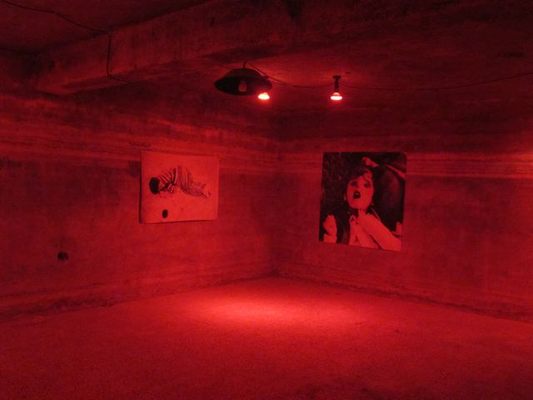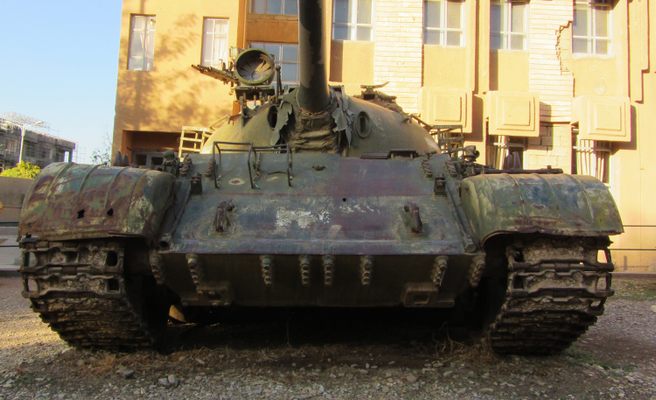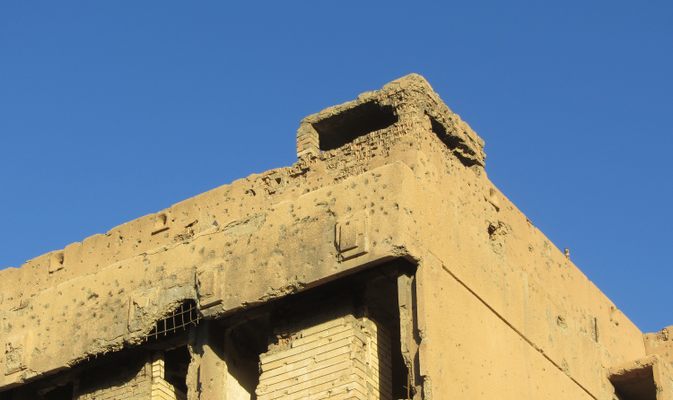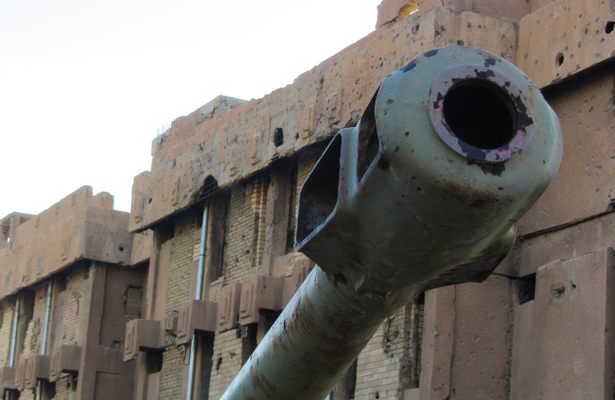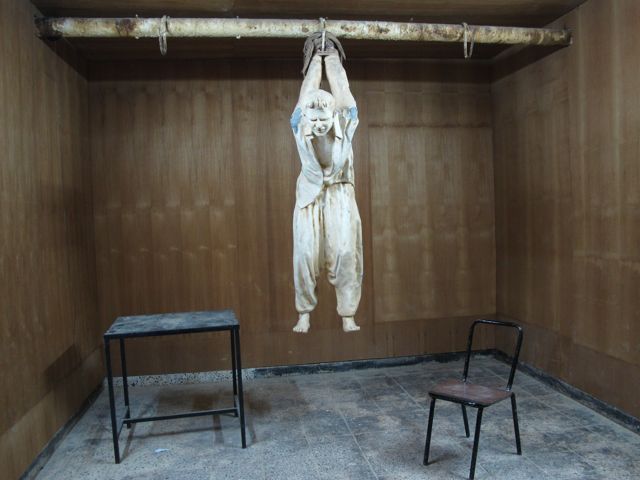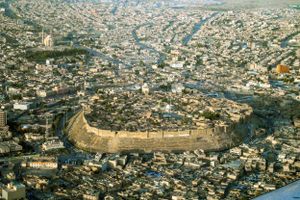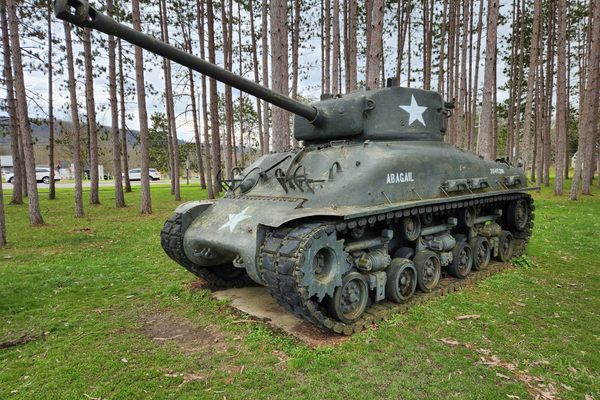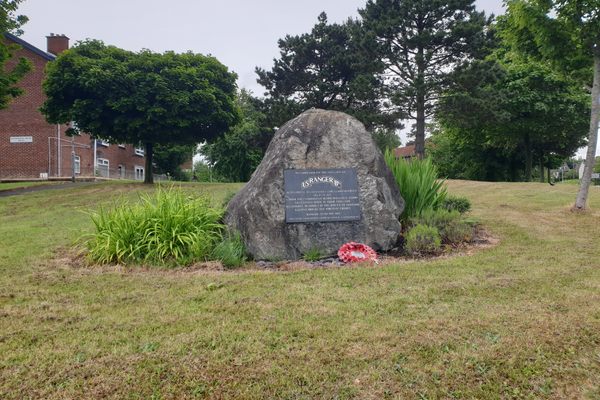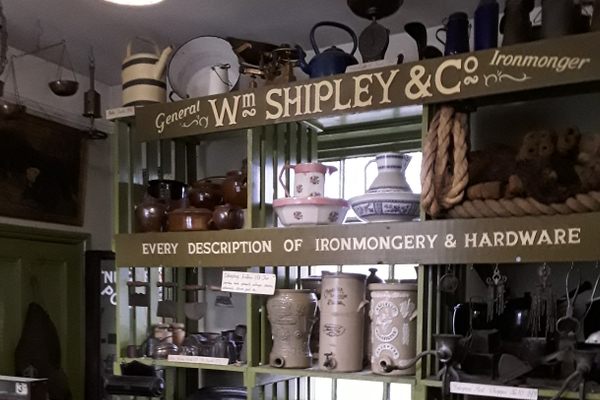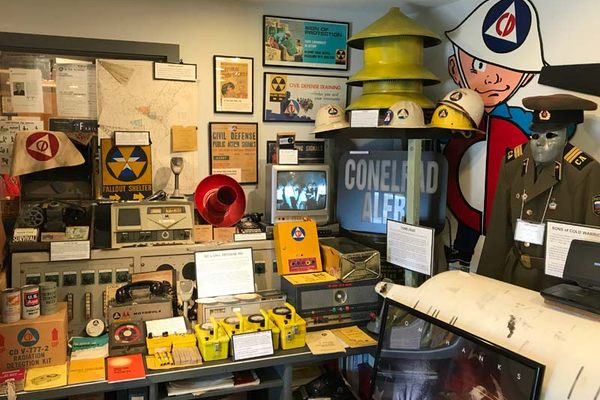About
Between the arrival of the first political prisoners in 1986 and the prison’s liberation by Kurdish Peshmerga on March 9 1991, Sulaymaniyah’s Amna Suraka, or Red Prison, functioned as the headquarters of the northern division of the Mukhabarat, Iraq’s secret intelligence agency. The Mukharbarat used the location for the state’s torture and imprisonment of Iraq’s Kurdish population.
Between 1986 and 1989, the Iraqi state conducted the al-Anfal Campaign, considered to be genocidal in intent, against the Iraqi Kurds. Conducted by Ali Hassan al-Majid under the direction of Saddam Hussein, al-Anfal utilized bombing, firing squads, mass deportation and forced relocation, ground offensives, settlement destruction, torture and imprisonment, and chemical warfare in an attempt to destroy the Kurdish population.
The chemical gas attacks on Halabja, part of al-Anfal, earned al-Majid the nickname of "Chemical Ali." A Human Rights Watch report documents the “systematic and deliberate murder of at least 50,000 and possibly as many as 100,000 Kurds” as a result of al-Anfal. Thousands of Kurds were tortured and executed at Amna Suraka.
During the first Gulf War of 1991, the Kurdish guerilla army called the Peshmerga conducted an uprising in northern Iraq with the intent of liberating the country from Hussein’s control. Though ultimately unsuccessful, the uprising did see the capturing of of the Amna Suraka by Kurds. Due in part to the efforts of Lady Hero Talabani, the wife of Iraqi president Jalal Talabani, Amna Suraka is now a national Museum of War Crimes.
Visitors of the Amna Suraka today may explore the multi-story administrative building. It has been left largely as it was the day of its capture by Peshmerga: structurally intact but gutted and studded with holes from warfare. The basement, lit with deep, dark red, contains haunting photographs from the chemical attack in Halabja. Among the images is Ramazan Öztürk’s iconic image Silent Witness. School children on class visits to the museum climb about the various disused tanks and helicopters which sit in the courtyard outside the administrative building.
The central building of the Museum of War Crimes opens with the Hall of Mirrors. What was once the offices and canteen of ranking members of the Ba’ath party is now a hall covered with 4,500 light bulbs representing villages destroyed during al-Anfal, and 182,000 shards of broken glass—for every person killed during the operation. The Hall of Mirrors also contains a replica of a traditional Kurdish home.
Following the Hall of Mirrors are corridors and floors containing the prison cells where prisoners were held, tortured, raped and executed. Some cells are shadowed and empty, with Kurdish Arabic words written or carved out by the people who were imprisoned in the rooms or visitors who followed them. Local artist Kamaran Omar was commissioned to cast five life-size statues of prisoners handcuffed to walls, being beaten and hanging from electrical wires. The latter prisoner is accompanied by a recording of an interrogation. Echoing from within these barren, graffitied rooms surrounded with barbed wire, the effects of the recording are chilling. One cell contains a statue of Atta Ahmed Qadir, a Kurdish school-teacher lauded for his courage. Qadir was held in that very cell before his transfer to the Abu Ghraib prison, where he was executed in 1990.
The Amna Suraka shares features with Cambodia’s Tuol Sleng prison of the Khmer Rouge: both buildings were used not just to imprison and torture, but as weapons for genocide. Both are urban prisons, with residences very nearby. Both have been preserved by the nations of the forces which liberated them to be correctives of history. And both leave the traveler stricken for having walked the halls and rooms where humans caused so much suffering and where humans suffered so much.
Related Tags
Published
February 11, 2014
